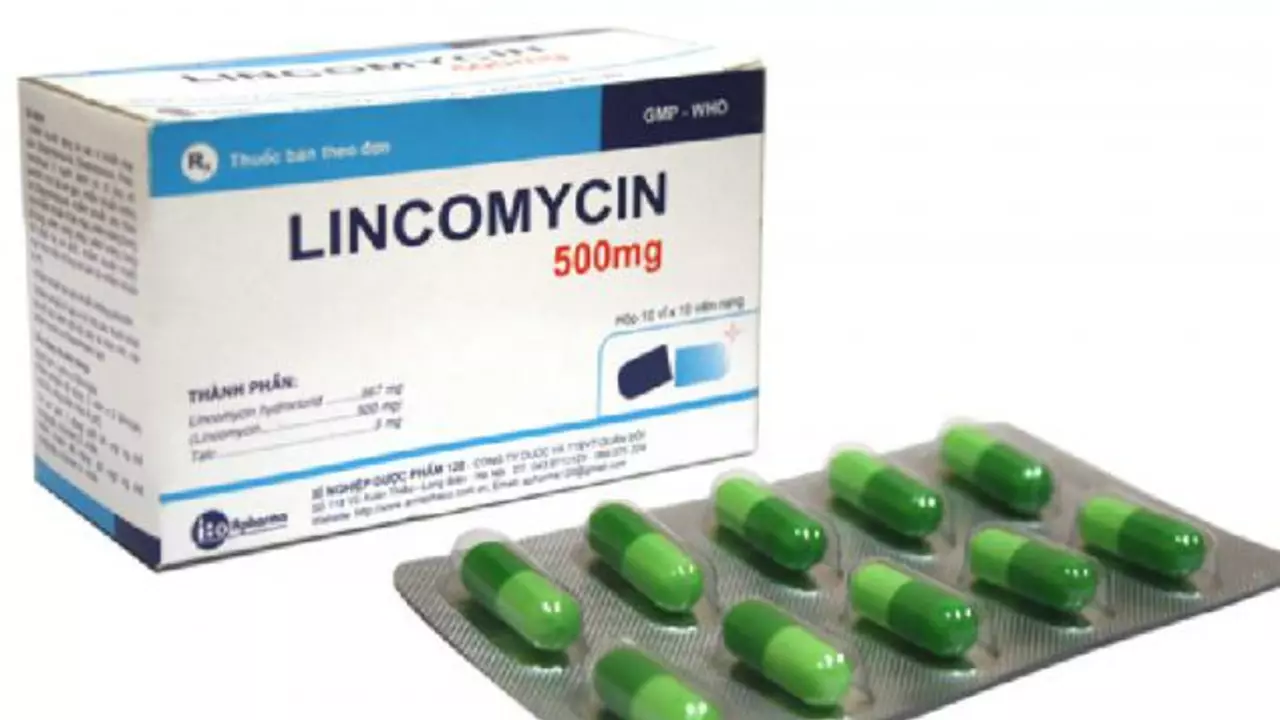Lincomycin: What It Treats and What You Should Know
Lincomycin is a prescription antibiotic used to treat certain bacterial infections, especially when other drugs aren’t suitable. You’ve probably heard more about clindamycin — they’re closely related and work the same way by stopping bacteria from making proteins they need to grow. Doctors reach for lincomycin for skin infections, bone infections, and some respiratory or pelvic infections when lab tests show it’s a good match.
How lincomycin is used
Lincomycin comes as an injection and, less commonly, as an oral form. Adults usually get a specific dose based on the infection type and severity — your doctor calculates it. Treatment length varies: a few days for a simple skin infection to several weeks for bone infections. Take the full course even if you feel better early; stopping too soon can let the infection return and breed resistance.
If you get the drug by injection in a clinic or hospital, staff will monitor you for immediate reactions. For oral treatment, follow timing and food instructions on the prescription — some people take it with food to ease stomach upset. Always tell your provider about allergies, other medicines, supplements, and existing conditions like liver disease.
Side effects, interactions, and precautions
Common side effects are stomach upset, nausea, and diarrhea. A more serious risk is antibiotic-associated diarrhea, including C. difficile infection, which can cause severe, persistent diarrhea and needs urgent care. Stop the drug and call your provider if you have high fever, bloody stools, or severe abdominal pain after starting lincomycin.
Lincomycin interacts with some medications. It can increase the effects of muscle relaxants and interact with other drugs that affect the gut or liver. If you take blood thinners, certain heart medicines, or strong pain medicines, tell your clinician before starting lincomycin so they can check for interactions.
Pregnancy and breastfeeding require caution. Lincomycin may be used if benefits outweigh risks, but discuss alternatives. If you’re allergic to lincomycin or related antibiotics, don’t take it. Also mention a history of antibiotic-related colitis.
Resistance matters: lincomycin isn’t the first choice for many infections because other antibiotics are safer and more predictable. Lab testing (culture and sensitivity) helps doctors pick lincomycin only when the bug is susceptible. That improves outcomes and reduces unnecessary side effects.
Storage and practical tips: keep oral medicine in a cool, dry place and follow disposal advice for unused doses. If you miss a dose, take it as soon as you remember unless it’s nearly time for the next one — don’t double up. If symptoms don’t improve within a few days or get worse, contact your provider.
Got questions about lincomycin and whether it’s right for you? Ask your healthcare provider for specifics based on your infection, medical history, and lab results. They’ll recommend the safest, most effective option.

The Use of Lincomycin in the Treatment of Bacterial Prostatitis
In my recent exploration of treatments for bacterial prostatitis, I came across the use of Lincomycin. This antibiotic, often used for serious infections, has been found effective against this condition too. It works by stopping bacteria from growing and thus helping to resolve the infection. However, like all antibiotics, it's important to take Lincomycin for the full prescribed duration to ensure the bacteria is completely eradicated. Always consult with your healthcare provider before starting any new treatment regime.
